Plastic waste has in recent years become one of the world’s biggest environmental concerns due to its wide and versatile use. More than 300 million tons of plastics is produced globally every year while as much as half of this is thrown away. In Europe, plastic waste that can enter the circular economy only accounts for 30%. This is because conventional recycling is struggling with the increasing amounts and complexity of plastic waste.
To reduce landfill or litter of plastics, there is an urgent need to develop innovative techniques to increase the recycling efficiency and lower the cost. One important aspect is to sort the different plastic types prior to re-melting as recycling of mixed plastics result in reduced quality limiting its applicability, but also the number of times it can be reused. Hyperspectral imaging has exhibited great potential in solving this problem in a time- and cost-efficient way.


A normal RGB image of the mixed plastic waste (top) and a SWIR-based false-color image (bottom) of five types of plastic waste: PET Bottle (a), PET Sheet (b), PET G (c), PVC (d) and PC (e). The samples appear transparent in the visual range are difficult to identify accurately and repeatably by visual inspection.
Spectra acquisition was carried out with HySpex SWIR-384 camera (930 – 2500 nm), with a spatial resolution of 53 µm and a spectral resolution of 5.45 nm. The plastic samples were placed on a moving stage mimicking the movement of an industrial conveyor belt. Broadband halogen lamps were used as illumination sources.
The acquired hyperspectral image data were analyzed using the Breeze software, powered by Prediktera. A PLS-DA model for classification of the five types of plastics was built based on a small set of sample pieces of each type of plastic. The model was then tested on a mix of plastics.
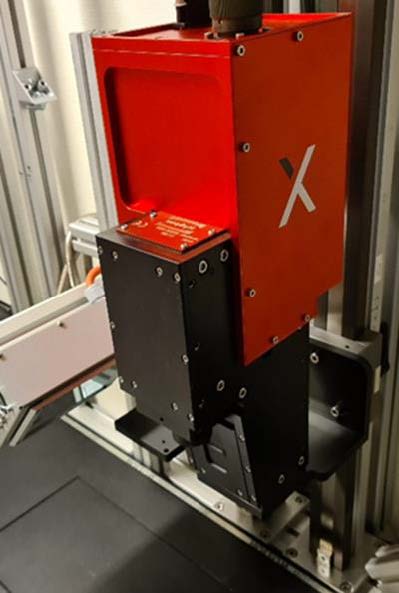
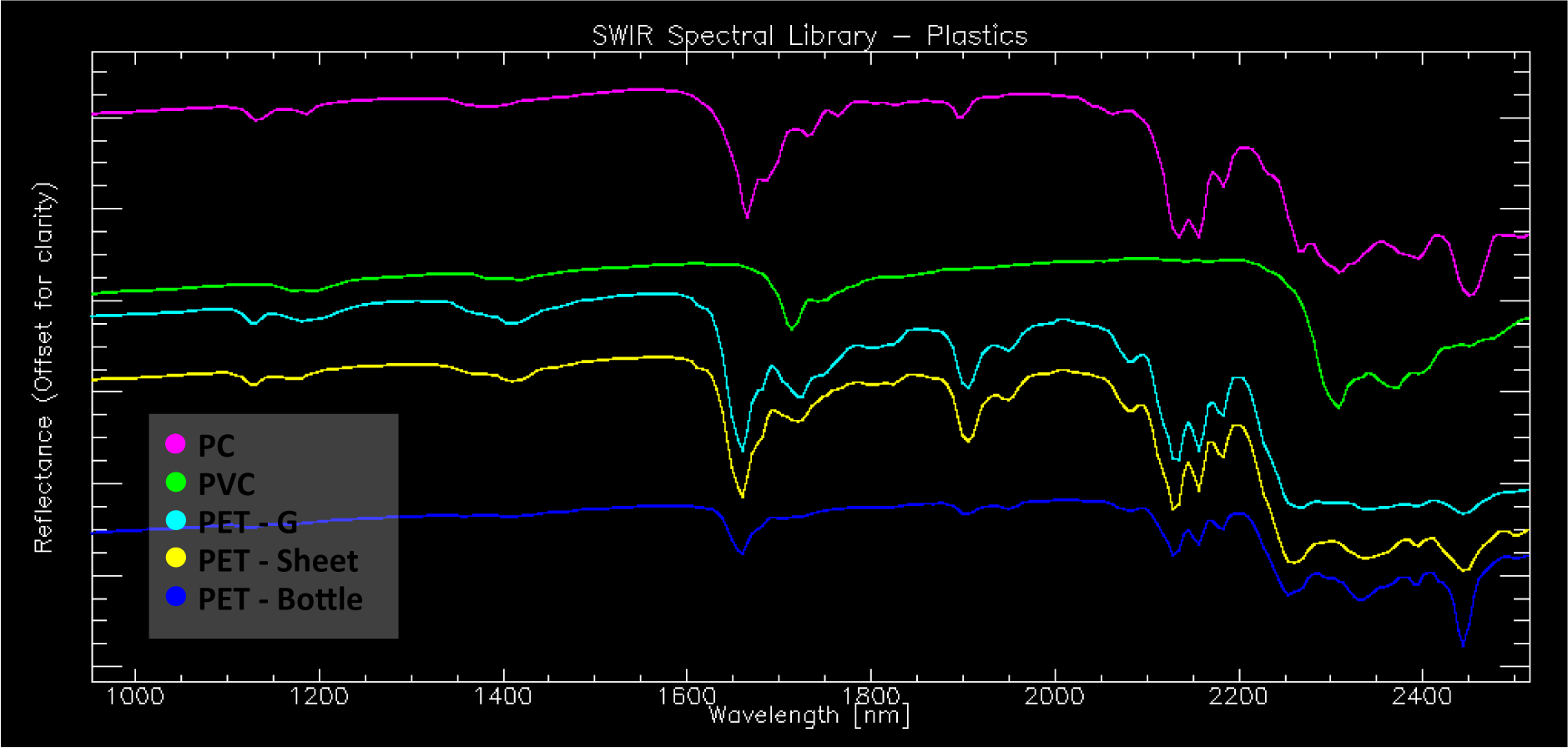
Average SWIR transmission spectra of the five different plastic materials.

Classification image of the five plastic types.● PC, ● PVC, ● PET-G, ● PET Sheet and ● PET Bottle.
This example shows that hyperspectral imaging can be used for rapid, no-contact, real-time scanning and sorting of complex plastic samples, making it possible to improve the efficiency of the existing recycling process. This can also be expanded to the characterization, classification, and sorting of a wide range of chemical materials or waste mixtures. HySpex hyperspectral cameras in combination with Breeze software can provide high quality, customized, industrial scale, turnkey solutions to plastic industries and recycling sector.
Download this application note.
-
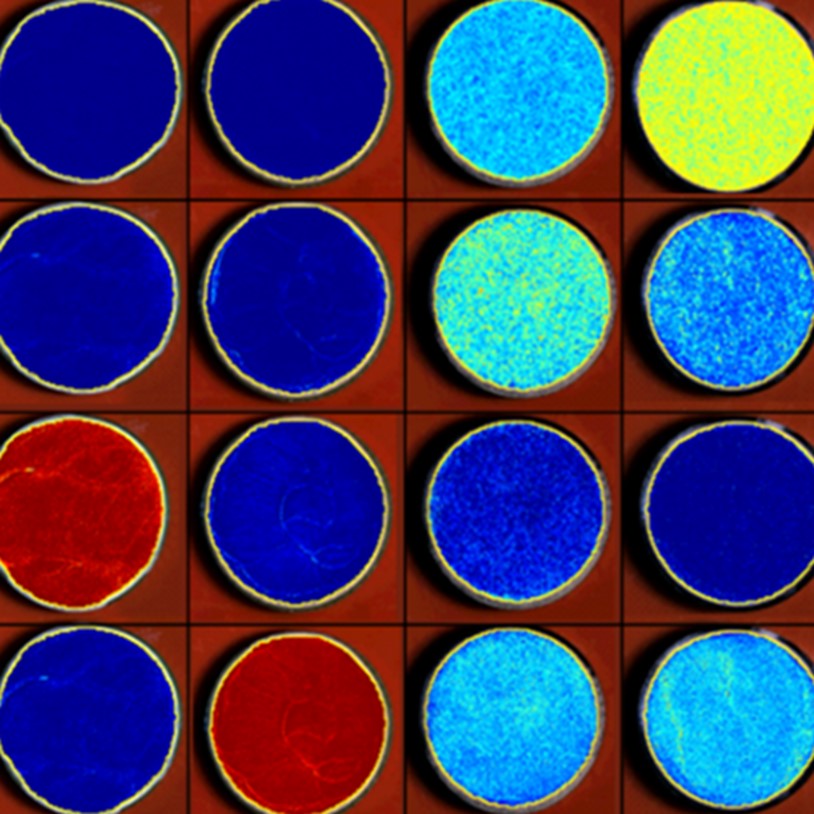
Pharmaceuticals
Pharmaceuticals
-
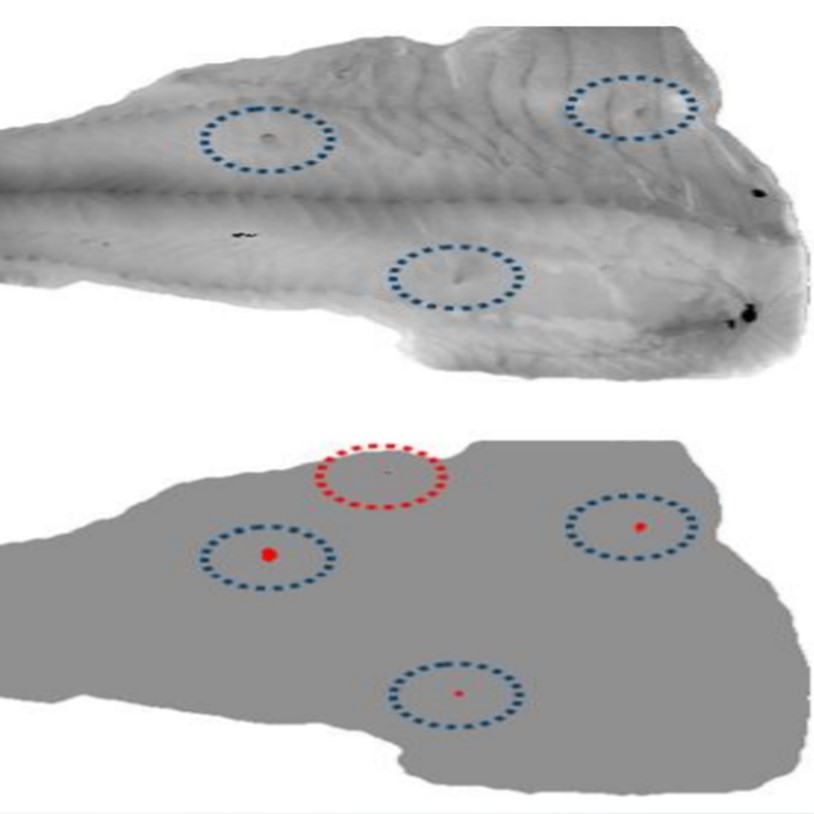
Hyperspectral Fish Inspection
-
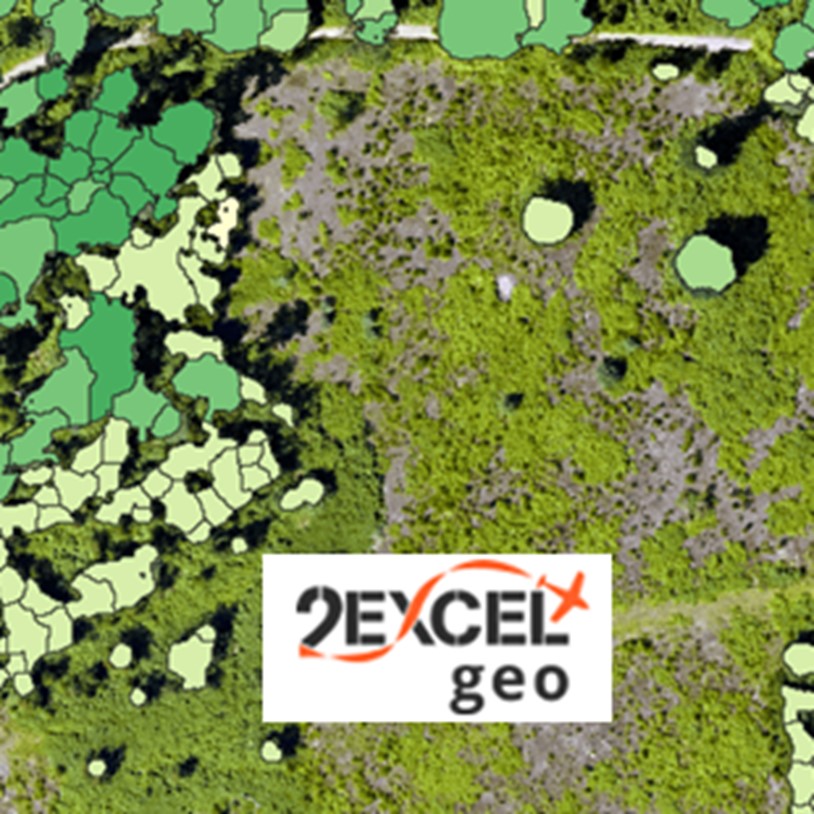
Understanding Forests from A Hyperspectral Glance
-
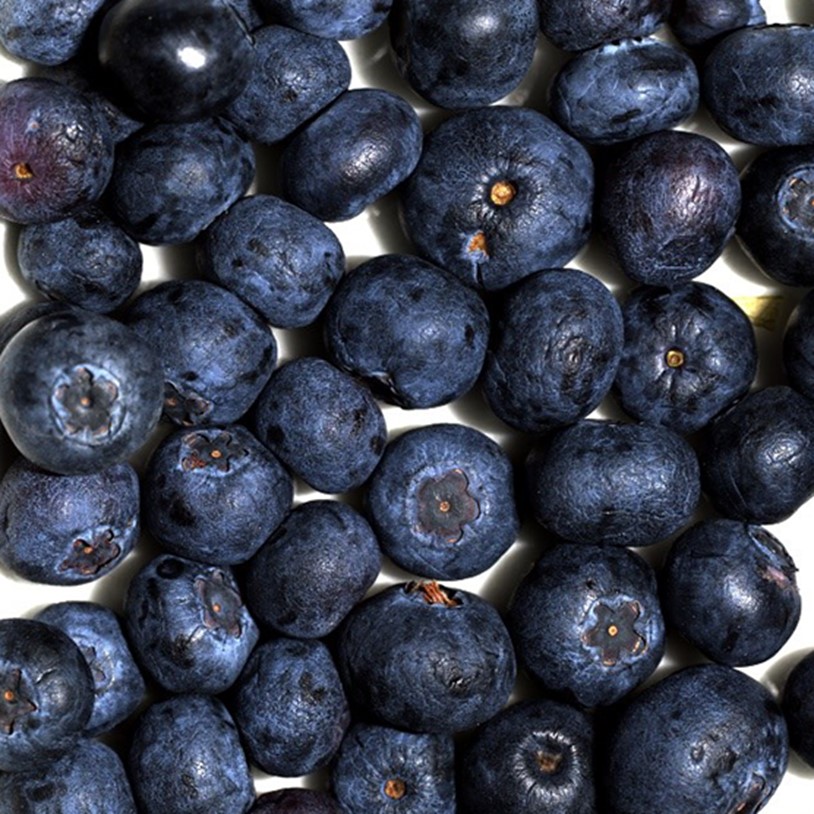
Shedding hyperspectral light on fruit quality
-
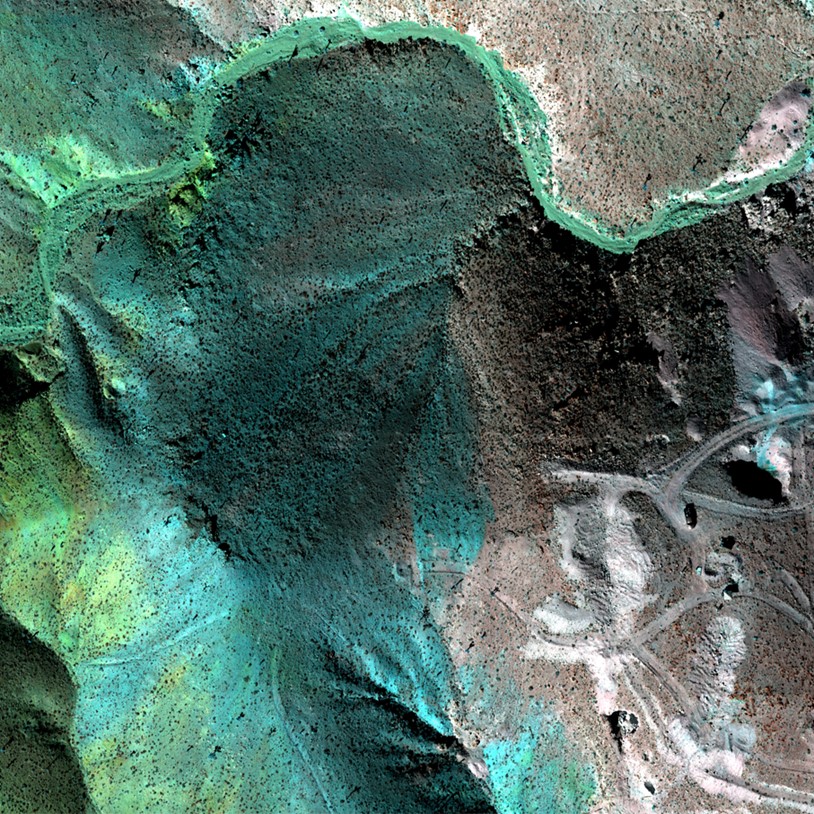
Cuprite Benchmark Campaign
-
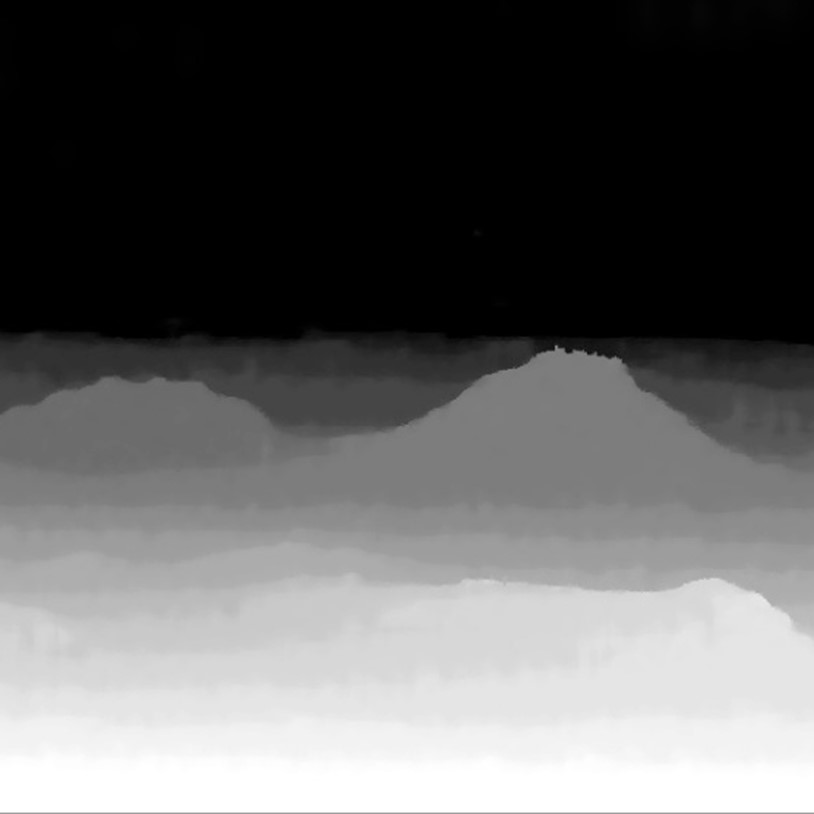
Stereoscopic Hyperspectral Imaging
-
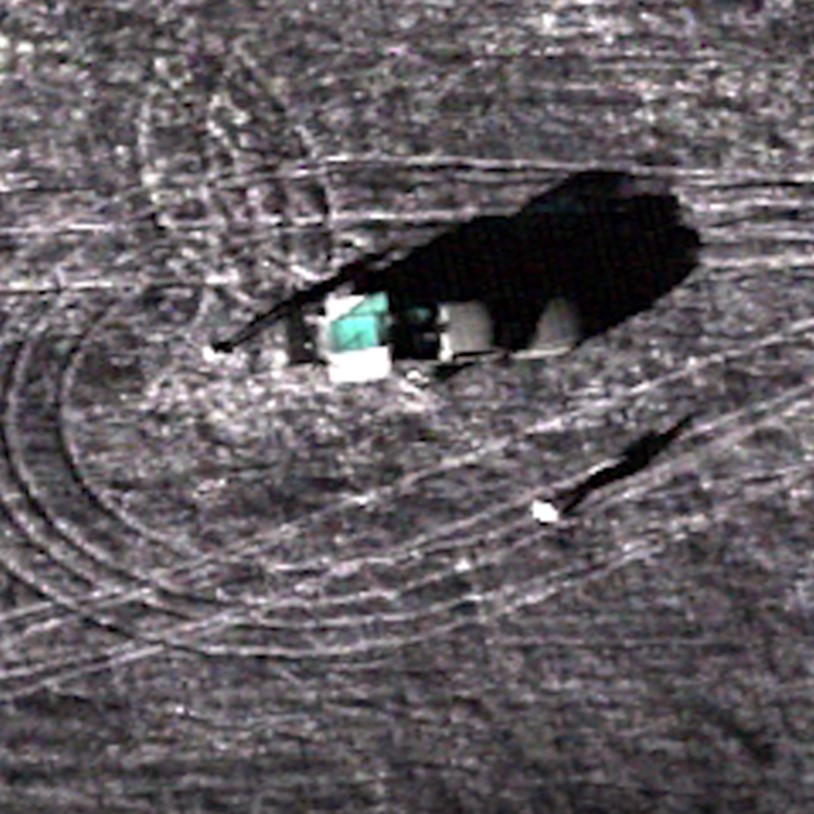
Airborne Methane Detection
Methane Detection
-
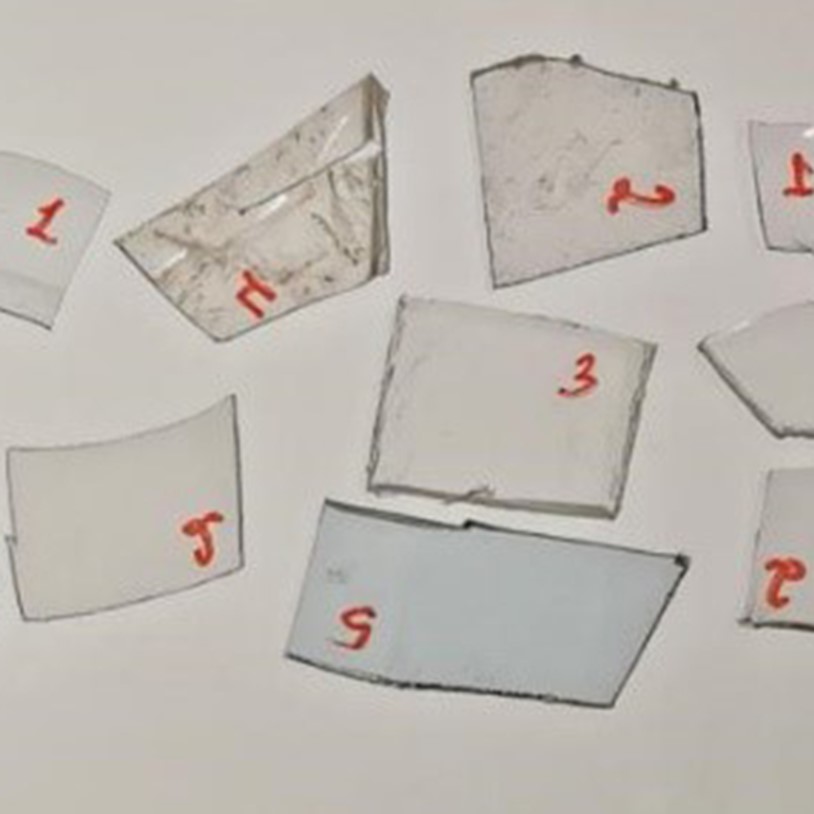
Classifying mixed plastic waste
Plastic Sorting
-
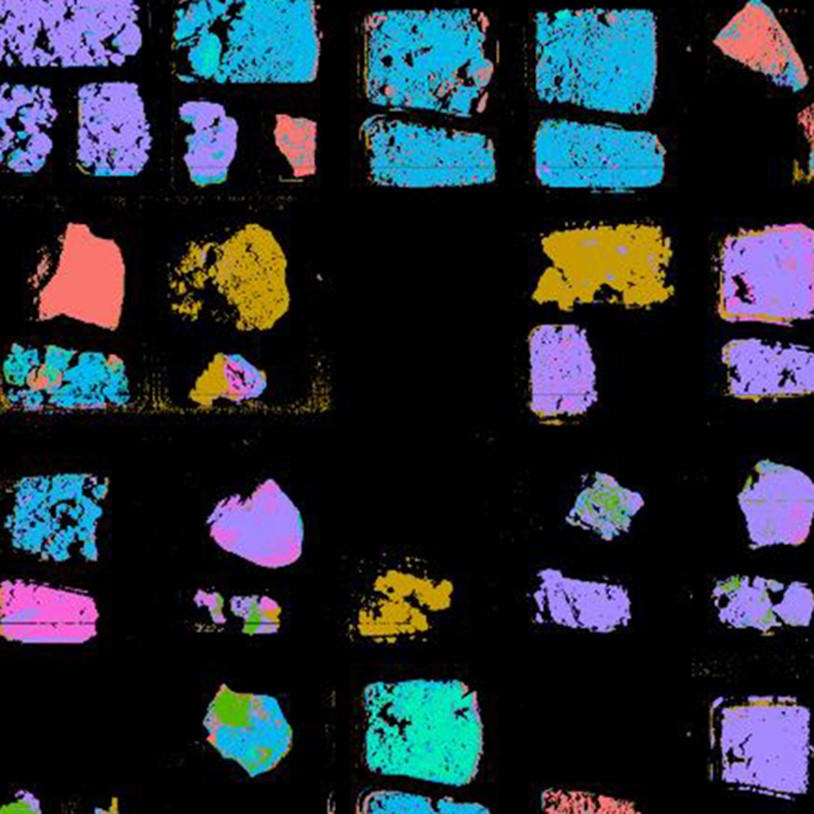
Mineral mapping in open pit mines
Mineral mapping in open pit mines
-
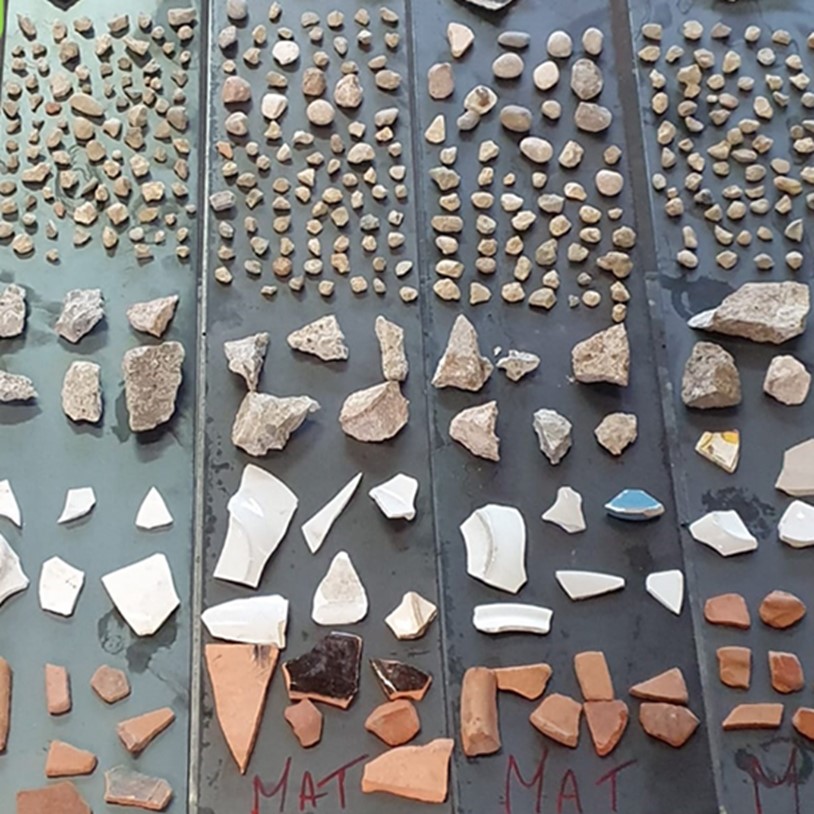
Detection of asbestos
Asbestos
-
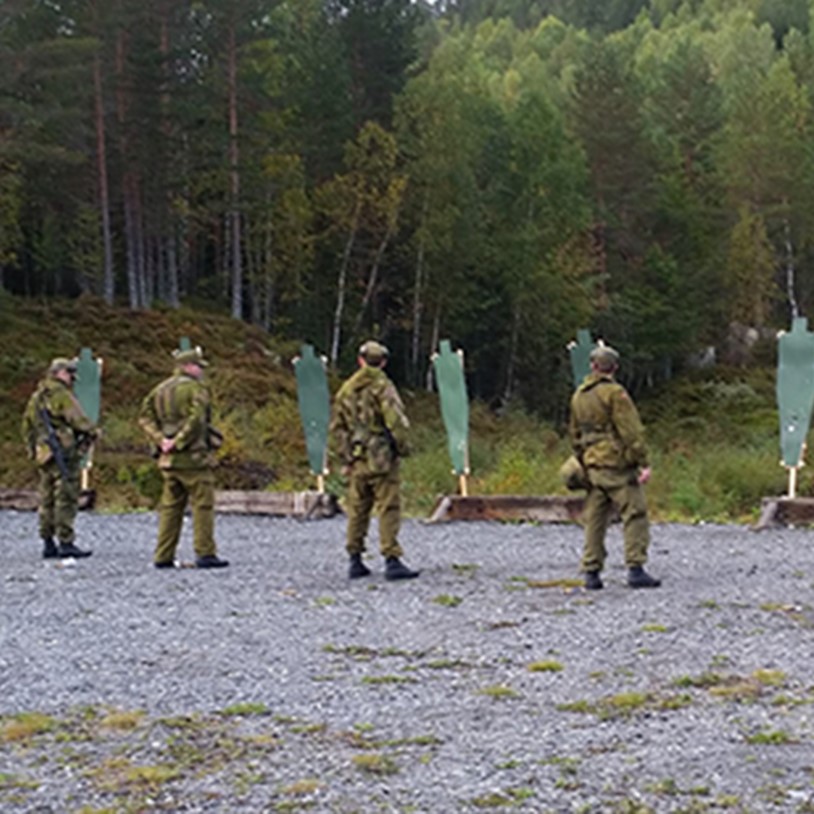
Detection of explosives
Explosives
-
Hyperspectral Imaging for Ore Distinction
Hyperspectral Imaging for Ore Distinction
-
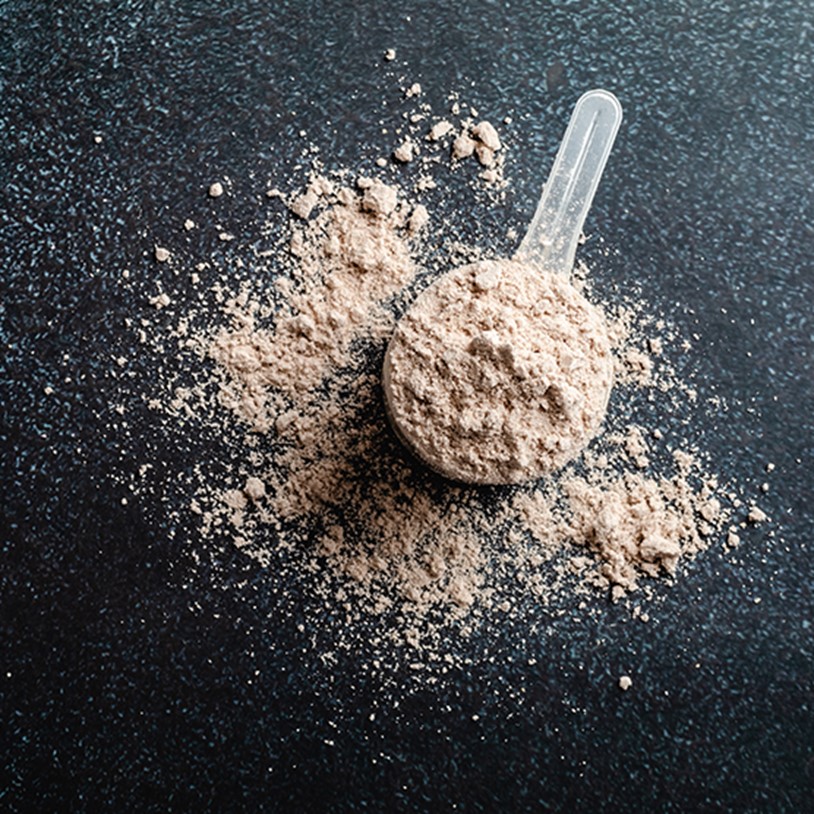
Hyperspectral analysis of powder mixtures
Hyperspectral Analysis of Powder Mixtures
-
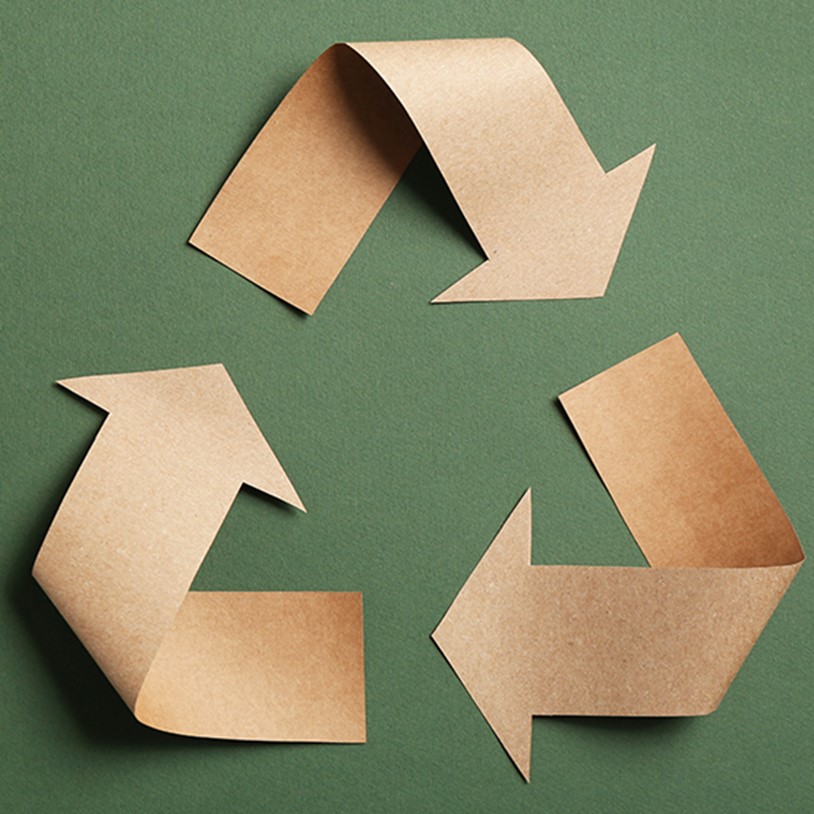
Hyperspectral imaging for paper recycling
Paper Recycling
-
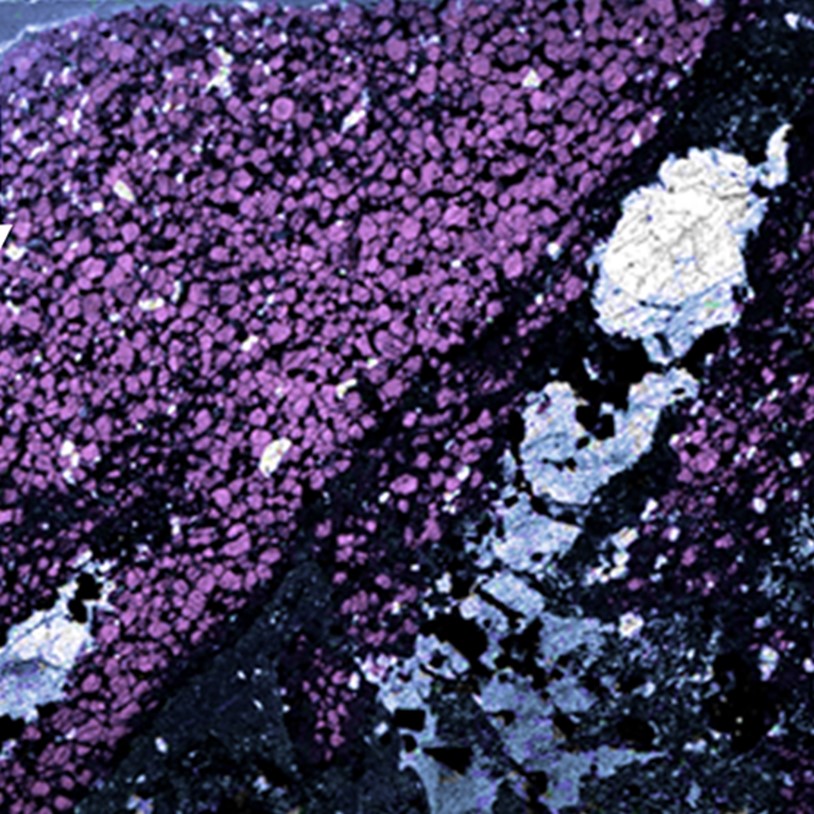
Hyperspectral Rare Earth Element Mapping
Rare Earth Elements
-

Paint and coating thickness evaluation
Coating thickness
-
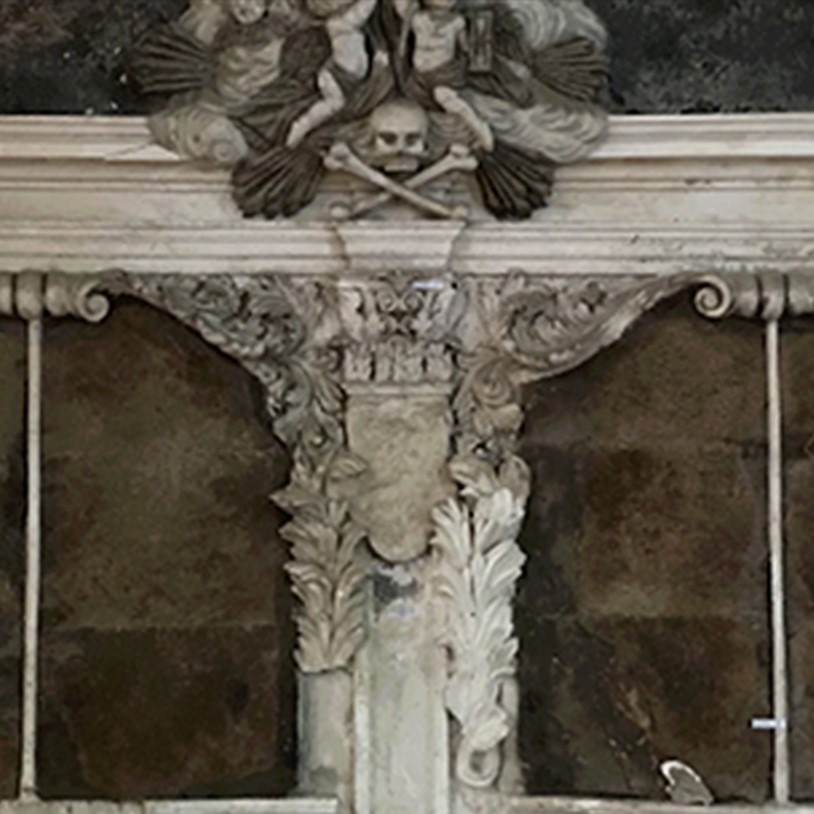
Hyperspectral Imaging for Monument Preservation
Monument Preservation
-
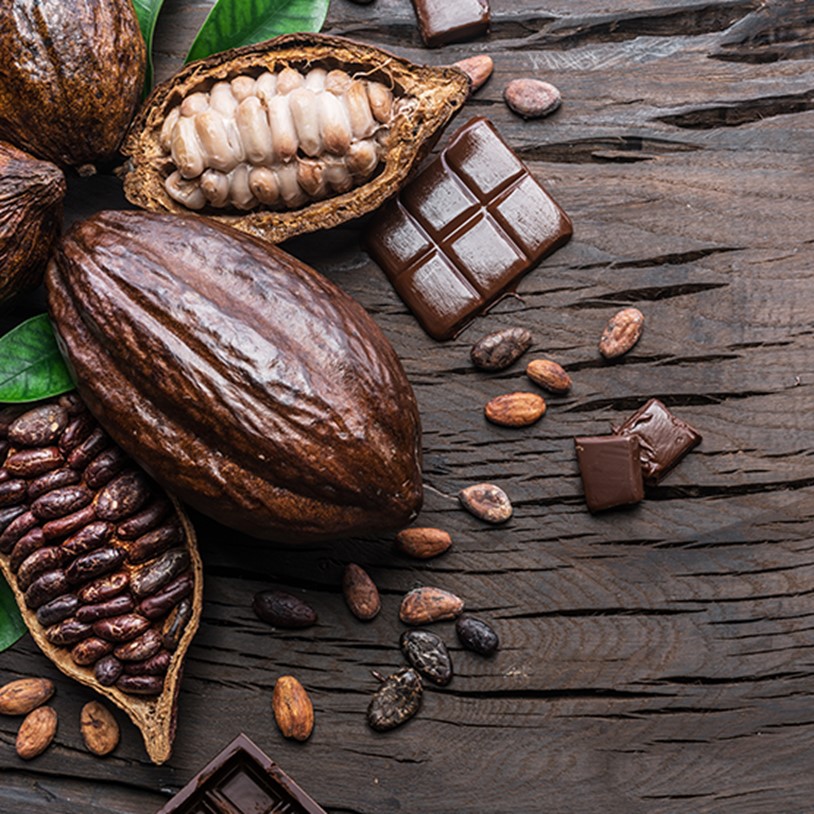
Hyperspectral Imaging for cocoa beans grading
Cocoa Beans
